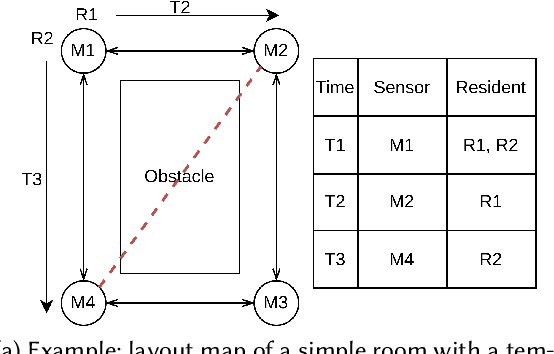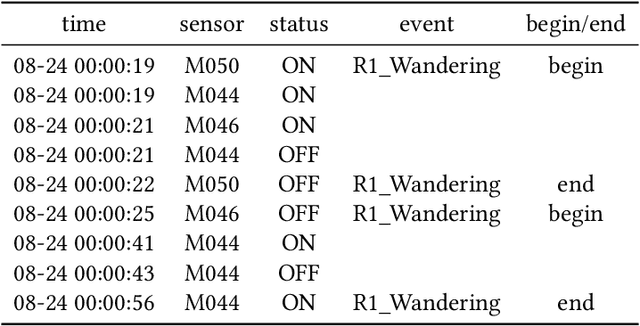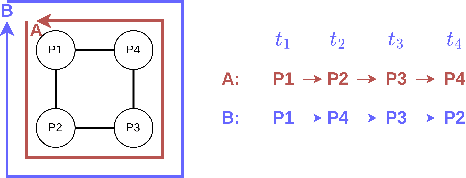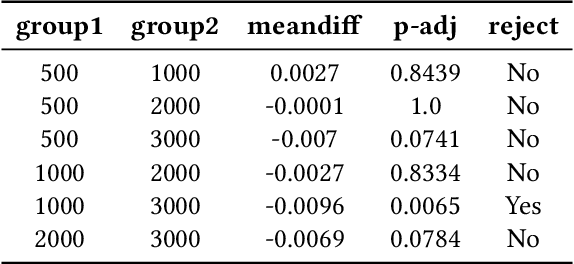Dipankar Chaki
Positional Encoding-based Resident Identification in Multi-resident Smart Homes
Oct 27, 2023



Abstract:We propose a novel resident identification framework to identify residents in a multi-occupant smart environment. The proposed framework employs a feature extraction model based on the concepts of positional encoding. The feature extraction model considers the locations of homes as a graph. We design a novel algorithm to build such graphs from layout maps of smart environments. The Node2Vec algorithm is used to transform the graph into high-dimensional node embeddings. A Long Short-Term Memory (LSTM) model is introduced to predict the identities of residents using temporal sequences of sensor events with the node embeddings. Extensive experiments show that our proposed scheme effectively identifies residents in a multi-occupant environment. Evaluation results on two real-world datasets demonstrate that our proposed approach achieves 94.5% and 87.9% accuracy, respectively.
Occupancy Estimation from Thermal Images
Oct 15, 2021


Abstract:We propose a non-intrusive, and privacy-preserving occupancy estimation system for smart environments. The proposed scheme uses thermal images to detect the number of people in a given area. The occupancy estimation model is designed using the concepts of intensity-based and motion-based human segmentation. The notion of difference catcher, connected component labeling, noise filter, and memory propagation are utilized to estimate the occupancy number. We use a real dataset to demonstrate the effectiveness of the proposed system.
 Add to Chrome
Add to Chrome Add to Firefox
Add to Firefox Add to Edge
Add to Edge